Hey there, fellow plant enthusiasts!
I’ve spent years nurturing these spiky beauties, and today I’m sharing everything I know about the fascinating lace cactus (Echinocereus reichenbachii).
Why You’ll Love Lace Cactus
Let me tell you, this isn’t your ordinary desert plant. After growing dozens of cacti species, I can confidently say the lace cactus is a showstopper.
The Magic in the Details:
- Stunning purple-pink blooms that’ll make your neighbors jealous
- Compact size (perfect for small spaces!)
- Nearly indestructible (trust me, I’ve tested this!)

Getting Started: The Basics
Soil Matters
I learned this the hard way – your cactus needs:
- Super well-draining cactus mix
- 50% mineral grit (I use pumice)
- pH between 6.5-7.0
Light & Location
Here’s what I’ve found works best:
- Full sun exposure (6+ hours daily)
- South-facing window for indoor growing
- Protection from afternoon sun in extremely hot climates
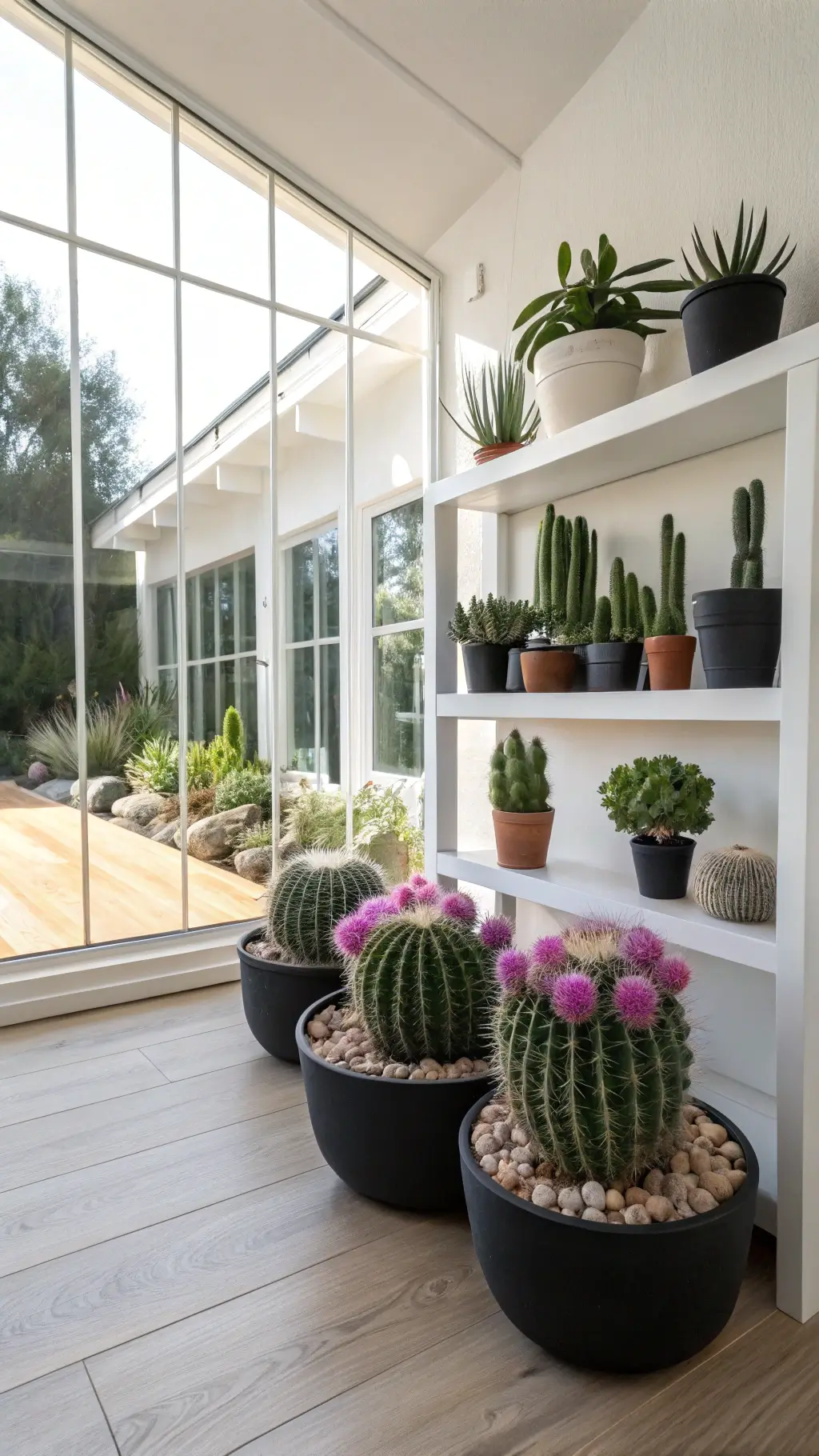
Watering Secrets (The Game-Changer)
My foolproof watering schedule:
- Summer: Once every 7-10 days
- Winter: Monthly or less
- Golden rule: When in doubt, don’t water!
Troubleshooting Common Issues
Warning Signs I’ve Learned to Watch For:
- Yellowing: Usually overwatering
- Shriveling: Time for a drink
- Soft spots: Root rot alert!
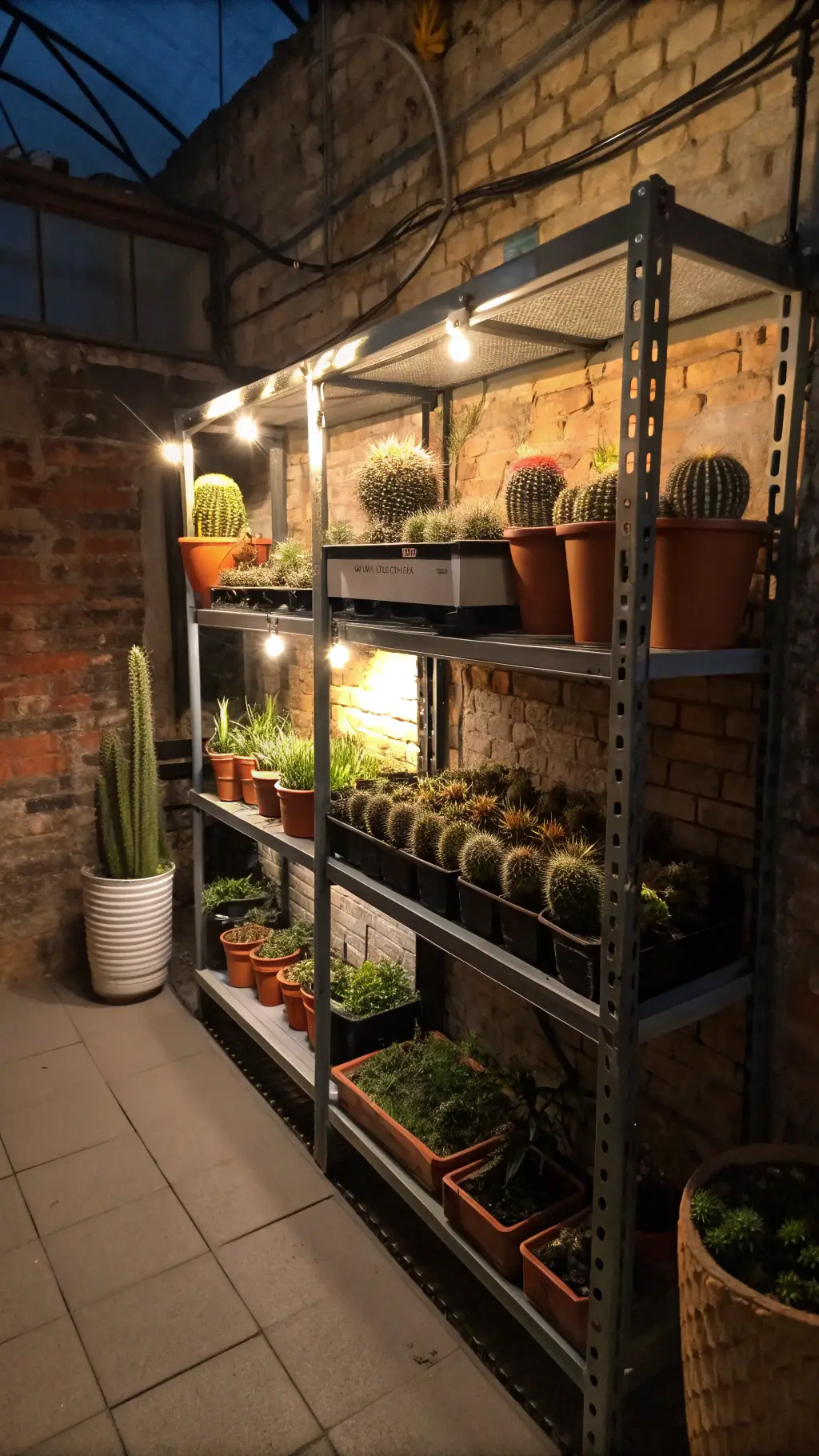
Seasonal Care Tips
Spring:
- Resume regular watering
- Watch for those gorgeous blooms
- Perfect time for repotting
Summer:
- Increase shade if needed
- Monitor for sunburn
- Regular feeding with cactus fertilizer
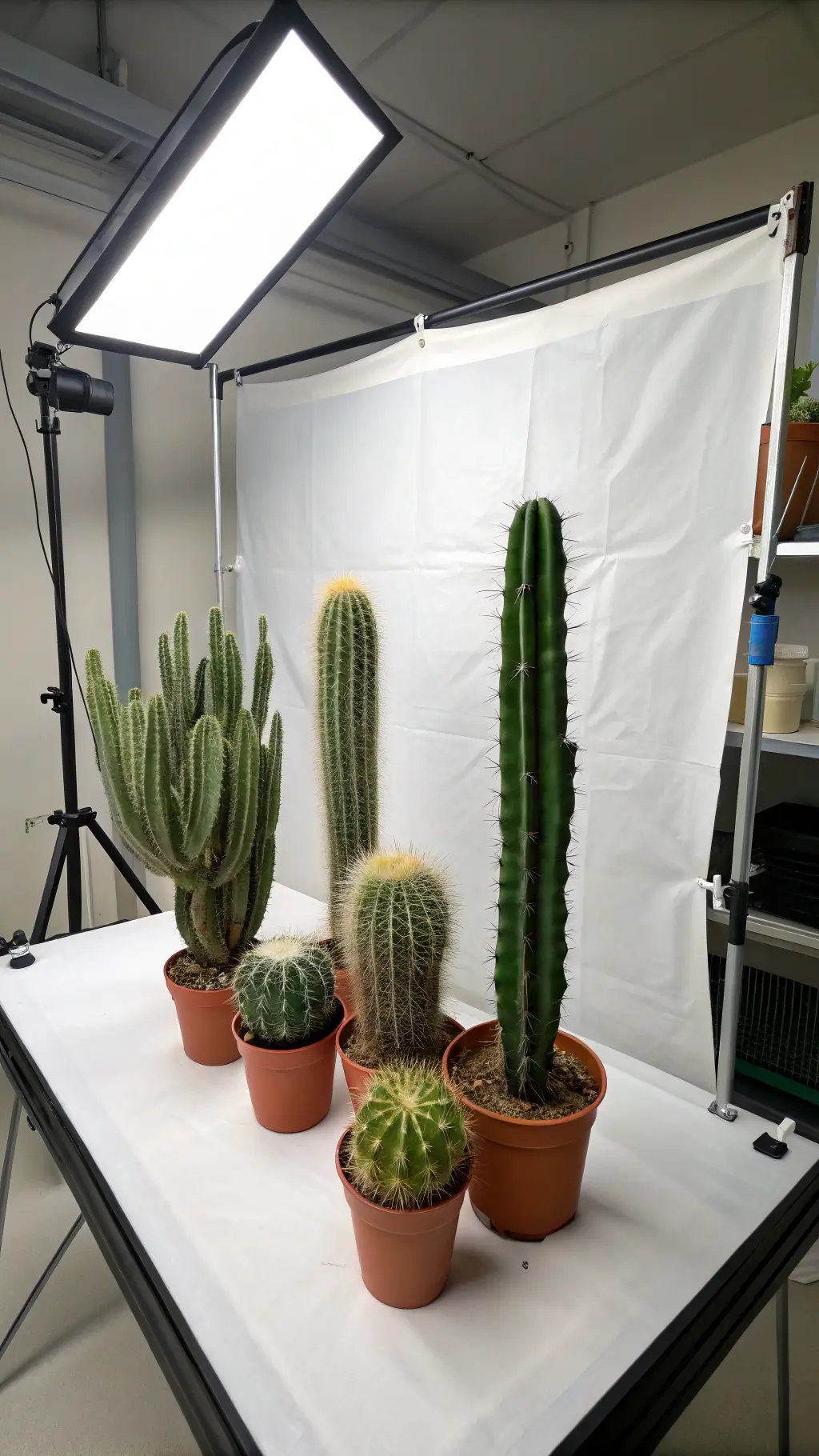
Fall:
- Gradually reduce watering
- Prepare for dormancy
- Check for pests
Winter:
- Minimal watering
- Keep above 40°F (4°C)
- Hold off on fertilizing
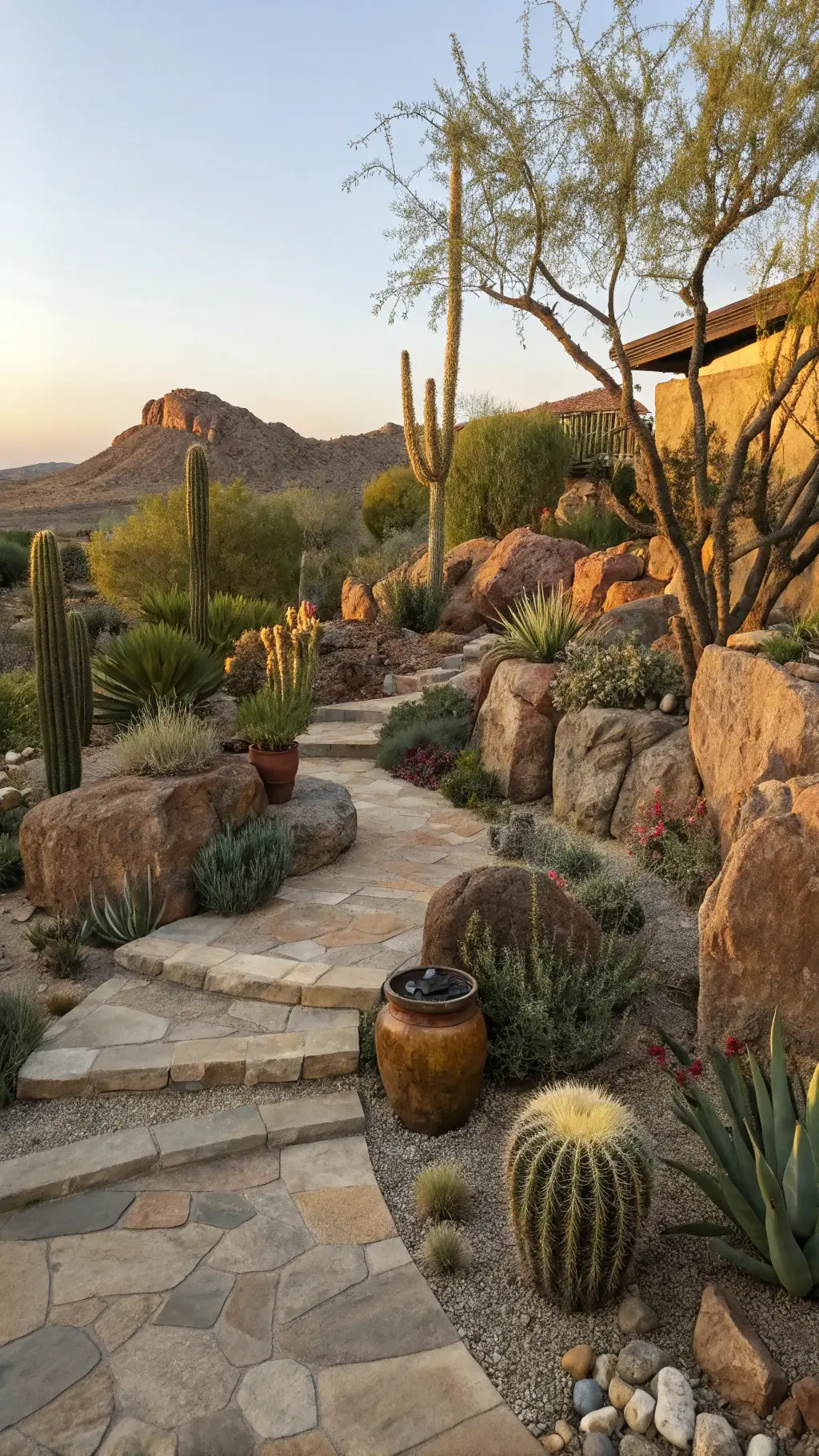
Secret Pro Tips
After years of growing these beauties, here’s what really works:
- Plant in terracotta pots (they’re lifesavers for preventing rot)
- Top-dress with matching colored gravel
- Group with other desert plants for stunning displays

Safety Note
While beautiful, remember:
- Keep away from curious pets
- Wear thick gloves when handling
- Place out of children’s reach
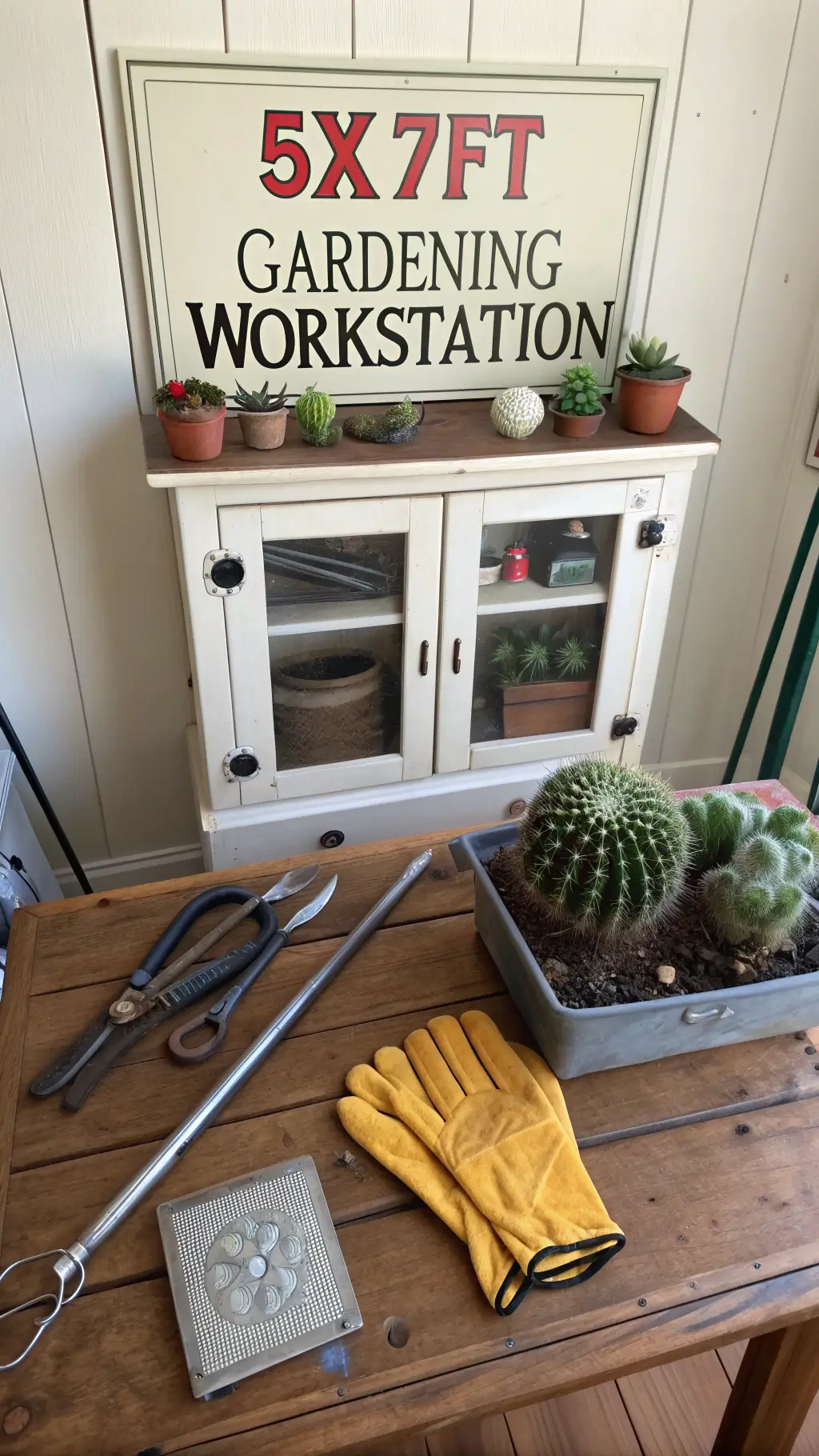
Whether you’re a seasoned gardener or just starting out, the lace cactus is a rewarding addition to any collection. Just remember: less is more when it comes to care, and patience is your best friend.
Got questions about your lace cactus? Drop them in the comments below – I love helping fellow plant parents succeed!
